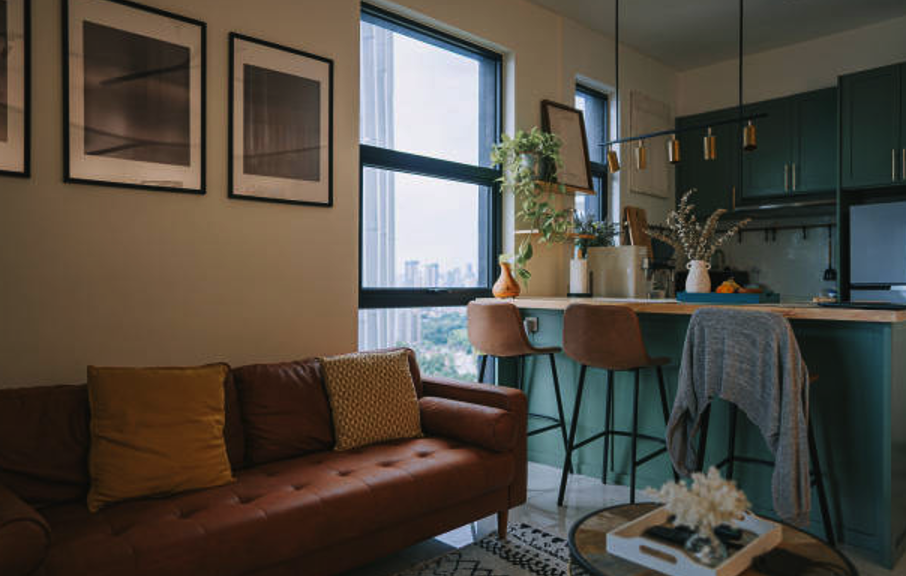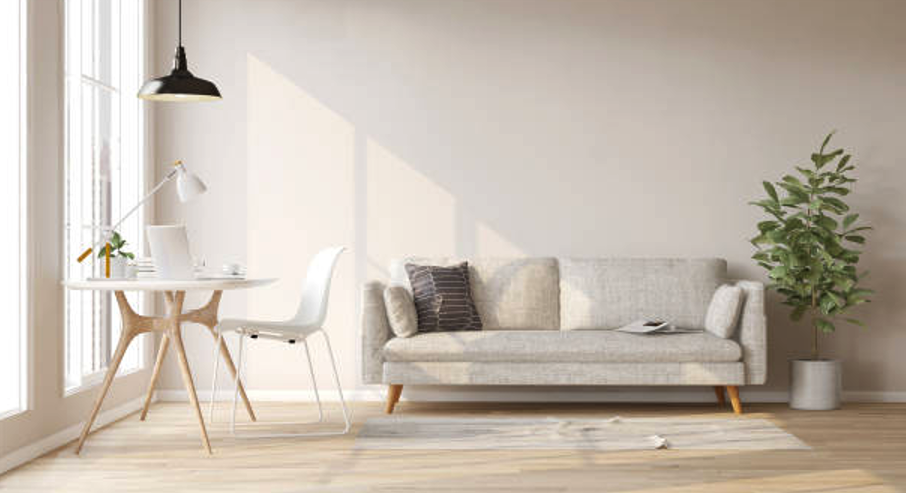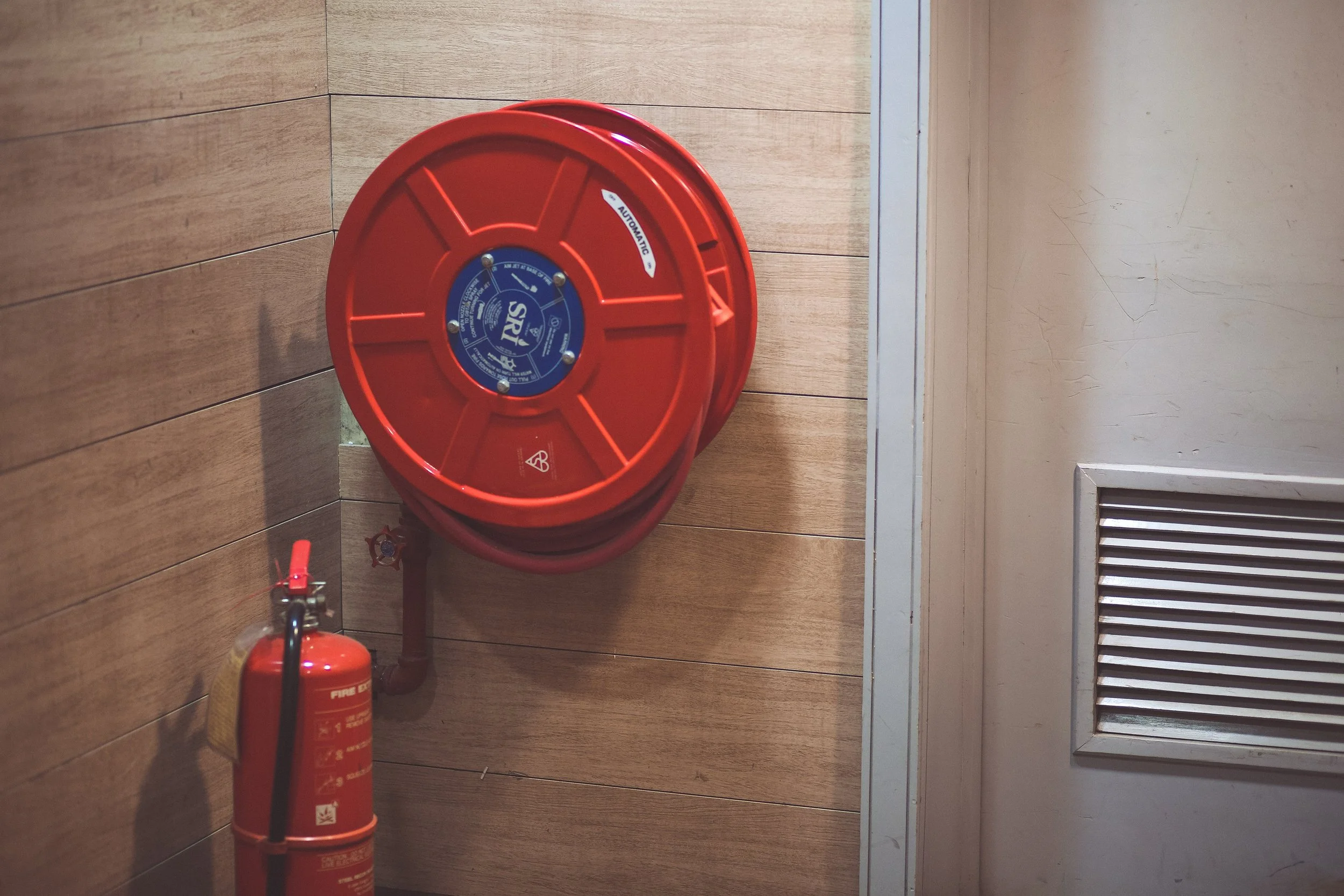Common Misconceptions About Lease Terminations Debunked
RH Business Marketing Solutions
Lease terminations can be a source of confusion and anxiety for both landlords and tenants, often fueled by common misconceptions. In this blog post, we're here to debunk these myths and shed light on the truth behind lease terminations. Understanding the reality behind these misconceptions is crucial for both parties to navigate the process with clarity and confidence. Whether you're a landlord seeking to end a lease early or a tenant facing the prospect of lease termination, knowing the facts can help alleviate unnecessary stress and ensure a smoother transition. From understanding notice periods to clarifying the rights and responsibilities of both parties, we'll unravel the truth behind the most prevalent misconceptions about lease terminations. So let's dive in and dispel the confusion surrounding lease terminations once and for all, empowering landlords and tenants alike with the knowledge they need to navigate this process successfully.
Misconception: Breaking a Lease is Always Expensive for Tenants
Reality: While breaking a lease may incur costs, assuming it's always prohibitively expensive is a misconception. In many cases, landlords are willing to negotiate terms or may have a specific process outlined in the lease agreement for early termination. Understanding these terms and discussing them openly with the landlord can lead to a more reasonable resolution.
Misconception: Landlords Can Terminate a Lease Without Cause
Reality: Lease agreements typically outline specific conditions under which a landlord can terminate a lease. Without a valid reason, terminating a lease prematurely can be legally challenging. Both landlords and tenants should be aware of the terms outlined in the lease agreement and local rental laws to understand the grounds for termination.
Misconception: Notice Periods Are Standardized Across All Leases
Reality: Notice periods for lease terminations can vary. Some leases may require 30 days' notice, while others may demand 60 or 90 days. It's crucial for both parties to carefully review the lease agreement to understand the specific notice requirements. Assuming a standardized notice period can lead to misunderstandings.
Misconception: Landlords Always Have the Right to Withhold the Security Deposit
Reality: The security deposit is intended to cover damages, unpaid rent, or cleaning fees. However, landlords must provide an itemized list of deductions and adhere to state regulations. Tenants are entitled to challenge unjustified deductions. Understanding the legitimate reasons for withholding a deposit ensures a fair resolution for both parties.
Misconception: Verbal Agreements Hold the Same Weight as Written Agreements
Reality: Verbal agreements, while important, may not carry the same legal weight as written agreements. Lease terminations, modifications, or any significant changes should be documented in writing to avoid misunderstandings. Relying solely on verbal communication can lead to disputes over what was agreed upon.
Misconception: Tenants Can Simply Abandon the Property
Reality: Abandoning a property without proper notice is a breach of the lease agreement and can lead to legal consequences for tenants. Even if a tenant wishes to terminate the lease early, proper communication and adherence to the terms outlined in the lease agreement are essential to avoid legal ramifications.
Misconception: Lease Termination Automatically Leads to Eviction
Reality: Lease termination and eviction are distinct processes. Lease termination occurs by mutual agreement, while eviction involves legal action due to a breach of the lease terms. Understanding the difference is crucial, as tenants and landlords may opt for a more amicable termination rather than pursuing eviction.
Conclusion
Debunking common misconceptions about lease terminations is essential for fostering clear communication and understanding between landlords and tenants. By addressing these myths head-on, both parties can approach lease terminations with confidence and clarity. Remember, open communication, a thorough understanding of the lease agreement, and awareness of local rental laws are key to navigating lease terminations successfully. Additionally, in situations where both parties agree to end the lease early, a mutual lease termination agreement can provide a fair and amicable resolution. By dispelling misconceptions and embracing transparency, landlords and tenants can ensure a smoother transition and maintain positive relationships throughout the lease termination process.













